Top 10 Most Poisonous Insects In The World
Description
Top 10 Most Poisonous Insects In The World
If you're new, Subscribe! → http://goo.gl/djmfuX
There are literally billions of insects all over the world. Most of them can be a nuisance, but some
transcend being annoying to be quite dangerous. Today we will be looking at 10 of the most venomous
insects in the world. Stay tuned for number one. It might be the smallest insect on our list, but the
venom it has packs quite a punch.
Number 10. The Killer Bee
The Africanized bee is a hybrid species of the Western honey bee. These so-called “killer” bees were
established when bees from southern Africa and local Brazilian honey bees mated. The Africanized bee
was first identified in Brazil in the 1950s, but it quickly spread through Central and South America after a
handful of swarms escaped quarantine.
The first Africanized bees in the United States were discovered in 1985 at an oil field in California. Then,
in 1990, the first permanent Africanized bee colonies arrived in Texas from Mexico. Today, Africanized
honey bees are found in southern California, southern Nevada, Arizona, Texas, New Mexico, Oklahoma,
western Louisiana, southern Arkansas, and central and southern Florida.
Africanized honey bees are dangerous stinging insects that have been known to chase people for more
than a quarter of a mile once they get excited and aggressive. This is why they earned the nickname
“killer bee.”
Although their venom is no more dangerous than that of regular honeybees. However, these bees tend
to attack in greater numbers, which causes more danger to humans. In other words, their venom may
lack quality, but they more than make up for it with sheer quantity.
Number 9. The Deer Tick
The loathsome deer tick, now known as the black-legged tick, is not really venomous by definition, but
what it carries poses the same, if not greater, danger venom does to humans. This tiny insect is defined
by the disease it spreads than by its own characteristics.
These blood-sucking members of the arachnid family were vaulted into the public consciousness in the
mid-1970s when it was discovered that they are the primary, and quite possibly, the only transmitters,
or vectors, for Lyme disease.
Lyme disease is a debilitating, though rarely fatal, infection that is often misdiagnosed because early
symptoms closely resemble the flu. Victims usually have a slowly-spreading bull’s-eye-shaped rash
where the tick attached, but not always. If untreated by antibiotics, patients can develop a variety of
health problems, including facial paralysis, heart palpitations, arthritis, severe headaches, and
neurological disorders.
Lyme disease is currently one of the fastest-growing vector-borne diseases in the United States. More
than 14,000 cases are reported annually, but because symptoms so closely resemble the flu and usually
go away without treatment, scientists estimate as many as nine out of every ten cases go unreported.
Number 8. The Kissing Bug
Like the deer tick, this insect is actually not venomous, but the danger it poses to humans is very real.
Kissing bugs belongs to the Hemiptera class of bugs, most of which are content on feeding on plant sap.
The kissing bug, however, have a more sinister diet; they like to feed on the blood of larger animals,
including humans. They are the only known carrier of Chagas disease, which is a very debilitating and
lifelong disease.
Kissing bugs are so named because they are attracted to the carbon dioxide being exhaled by animals,
hence they normally feed near and around the mouth. They also have the disgusting habit of defecating
while feeding, and this is where the problem lies. Their feces contains the Chagas disease, and if they
accidentally get ingested through the mouth, infection is almost guaranteed.
If left untreated, Chagas disease can be fatal, but even modern treatments can’t provide a permanent
cure.
Number 7. The Brown Tail Moth
Found in the northeast corner of the United States, the brown-tail moth is often overlooked as a
dangerous insect because it resembles many other harmless moth species. But just because it looks
inconspicuous doesn’t mean that it isn’t a threat. The truth is quite contrary to what you may think.
The hairs of this moth are urticating, which means they have an irritating effect, especially to humans.
Top 5 Best is the #1 place for all your heart warming stories about amazing people that will inspire you everyday. Make sure to subscribe and never miss a single video!
Leave a like for more shark tank, pawn stars, dr. phil, and other tv show business content. On Top 5 Best, we like to help you in mindset productivity, whether it's how to make more money videos, or going over the biggest mansions in the world, we show everything here! Make sure to subscribe for more amazing videos everyday!
family friendly pg clean
#viralstory #amazingpeople #top5best

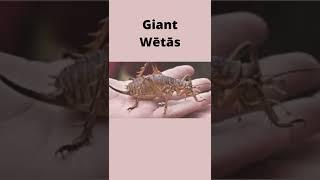

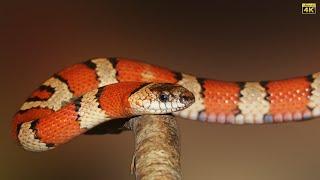
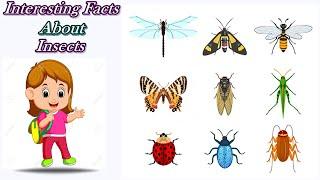
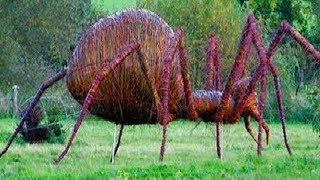
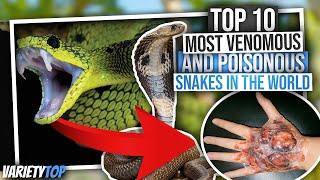
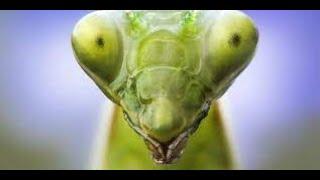
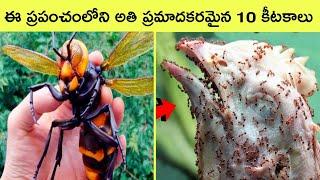

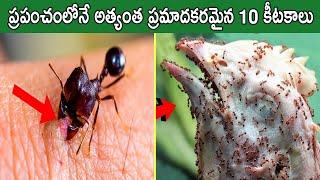
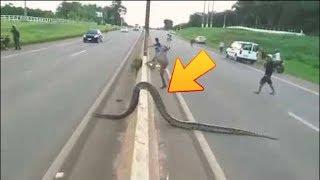
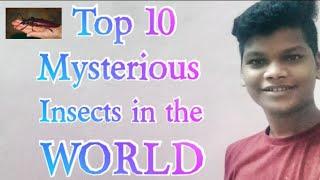
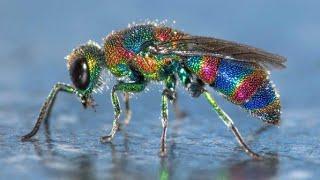
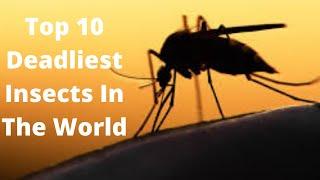
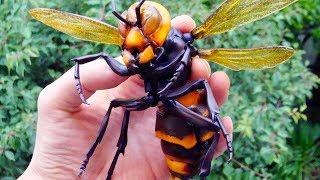





Comments